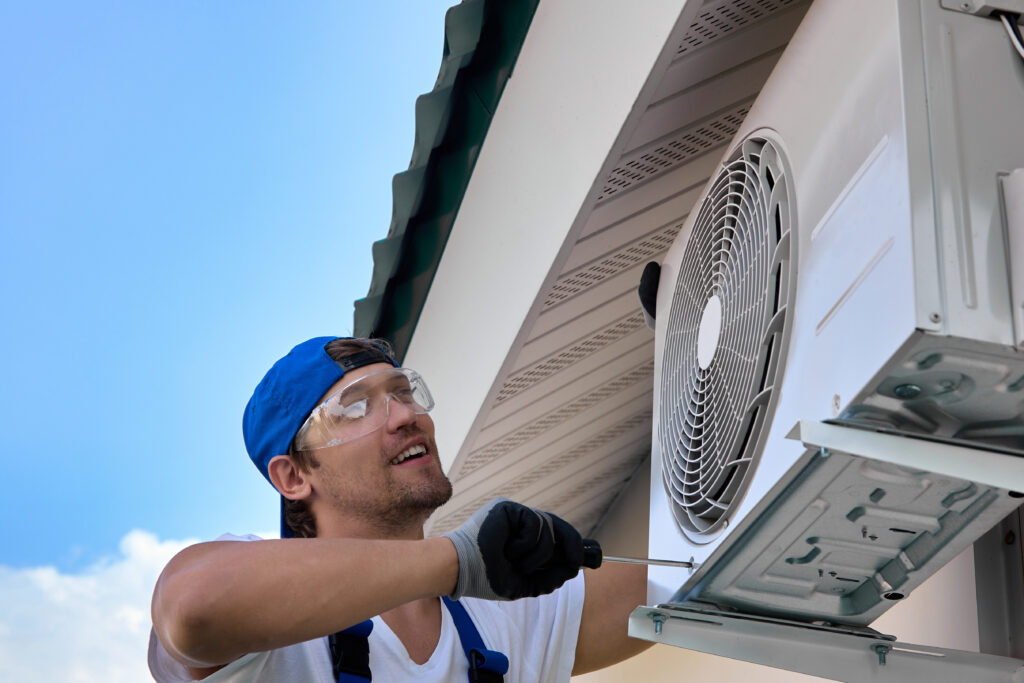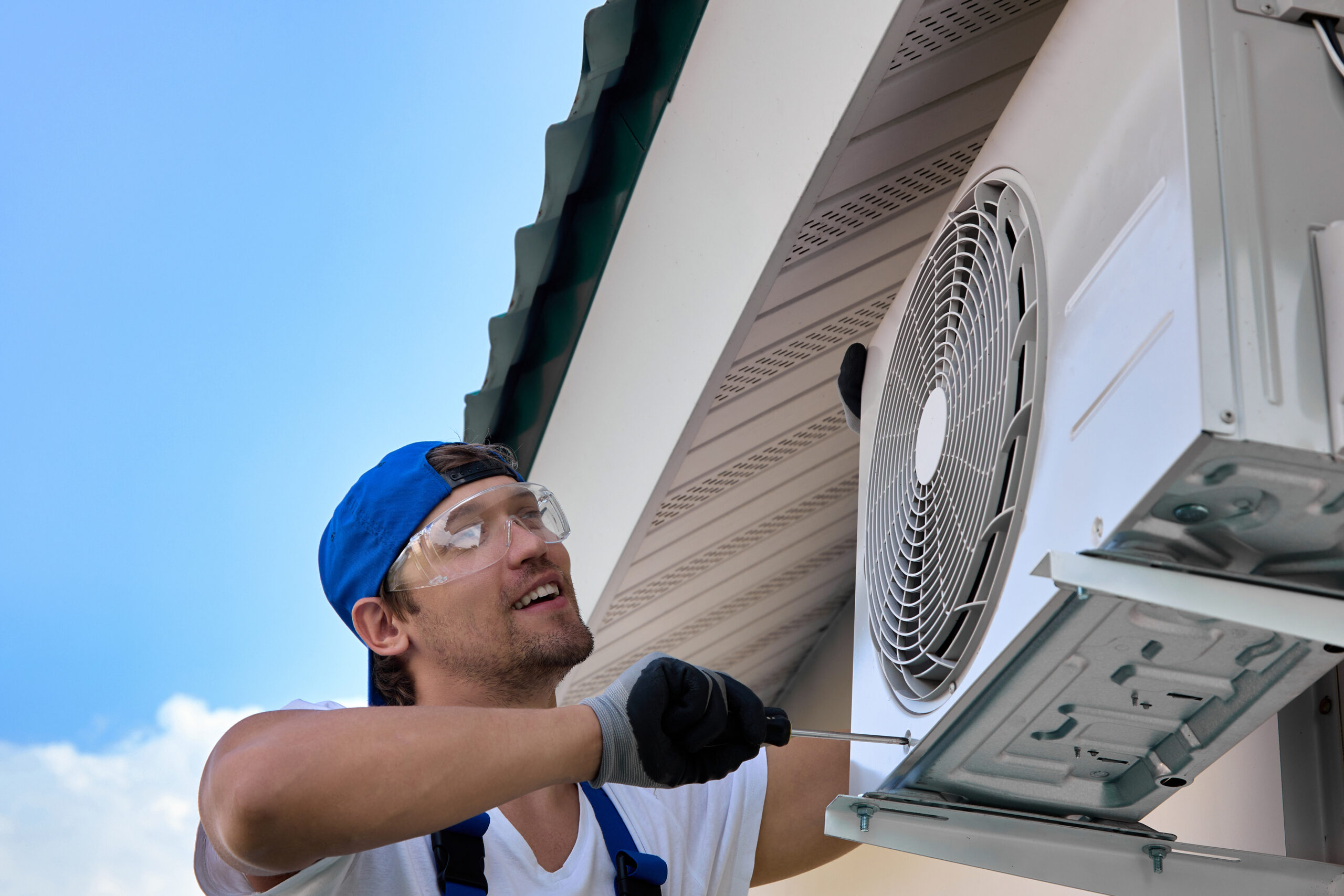How a Simple Fan Helps Distribute Heat in Your HVAC System (and Why It Matters)
Let’s talk about something that quietly runs in the background of your home, doing a whole lot more work than it ever gets credit for — the fan in your heating system. You know, the one that kicks on and swirls air through your vents like a mini indoor windstorm. It might not be glamorous, but that fan is basically the unsung hero of your HVAC system. Whether you’re bundled up in winter or chasing the cool breeze during summer, the fan—technically called a blower motor—is moving treated air to every corner of your home. And trust me, once you know what it does (and what happens when it fails), you’ll never hear it the same way again.
What Is a Heat Distribution Fan and How Does It Actually Work?
Alright, so let’s back it up a bit and get to the basics. In most modern homes, heating systems rely on forced air, meaning that your furnace or heat pump is generating heat, and then a fan (aka your blower) is distributing that warm air through ductwork and into each room. Without the fan, the warm air would basically just hang out around your furnace, doing absolutely nothing for your toes. Not very helpful.
This fan is built into your HVAC system and kicks on whenever your thermostat tells it that the temperature inside is too chilly. It pulls cooler indoor air into the furnace, circulates it over a heat exchanger where it gets warmed up, and then pushes that heated air back out into your vents. It’s like a circulatory system but for hot air. Kind of gross if you imagine lungs for your house, but hey—it works. And the entire process depends on that fan spinning up and doing its job.
Why This Matters for Indoor Comfort (and Efficiency)
Have you ever walked from one room to another and felt like you just entered a different climate zone? That’s often a sign your fan isn’t doing its job—or your ductwork has issues, but let’s start with the fan. A healthy, well-sized HVAC fan ensures that heat is evenly distributed, so all rooms are comfortable. It maintains consistent airflow, which not only improves comfort but also helps maintain indoor air quality since it’s circulating air through your filters.
If your fan is overworked, undersized, or malfunctioning? You’re going to feel it. Literally. In the form of cold spots, unpredictable temperature swings, or even the sound of your system cycling more than it should. Not to scare you, but this is also where things start affecting your monthly energy bill. When airflow is inefficient, your system works harder and runs longer, and that extra demand shows up in the dollars you’re paying each month. Not ideal.
The Advantages of a Smart, Functional Heat Distribution Fan
A properly functioning fan doesn’t just make things comfier—it also makes your system more efficient and longer-lasting. For instance, variable-speed fans are a big upgrade from older, single-speed versions. They adjust their speed depending on how much heat or cool air your system needs to distribute, reducing energy consumption dramatically. Plus, they generally run more quietly and offer better air circulation during off-cycles.
Modern HVAC systems often come with ECM (electronically commutated motor) fans that are smarter and more energy-efficient compared to traditional PSC (permanent split capacitor) motors. ECM fans ramp up gradually and can hold steady speeds, allowing for more even heating and lower utility bills. It all sounds a bit technical, I know—but the big takeaway is that newer fan tech pays off over time, especially in comfort, noise control, and energy costs.
Common Issues with HVAC Fans (and What to Watch For)
So what happens when this fan isn’t pulling its weight? You’ll likely notice strange airflow patterns or hear troubling sounds like squealing or grinding. These might indicate a fan belt issue, worn-out bearings, or motor trouble. Sometimes, a buildup of dust and gunk is all it takes to throw things off—fans, like everything else, need cleaning and maintenance to work their best.
In other cases, the problem might not be mechanical but electrical. A faulty relay switch or control board may prevent your fan from kicking on at the right time—or at all. It’s always a good idea to keep an ear out for sounds you don’t normally hear and to feel airflow from your vents now and then. If anything seems off, it might be time to call in a technician before things escalate (read: big repair bills).
Tips for Keeping Your HVAC Fan in Good Working Order
First up—change your air filters regularly. Blocked filters make your fan work harder, which wears it out faster. A good rule of thumb is every one to three months, depending on whether you’ve got pets, allergies, or kids who seem to generate impressive amounts of mystery dust. Adding a yearly HVAC checkup to your home maintenance list also goes a long way. A trained tech will clean the fan, inspect wiring, lubricate bearings if necessary, and check for signs of wear.
It’s also worth noting that your thermostat settings affect your fan. Some thermostats allow you to set the fan to “Auto” or “On.” “Auto” runs the fan only during heating or cooling cycles; “On” keeps it running constantly. There’s no one-size-fits-all answer here, but “Auto” is typically more energy-efficient, while “On” may help more with air circulation—great if you’ve got stuffy rooms or allergy concerns.
When It’s Time to Fix or Replace Your Fan
If repairs are stacking up or your system is 15+ years old, replacing your blower motor—or even upgrading your full HVAC unit—might be a wise move. Especially if you’re noticing poor airflow, high energy bills, or your system takes longer and longer to heat your home. That said, HVAC repairs aren’t exactly cheap. Parts can be pricey and labor adds up quickly. One more reason why home warranties come in clutch here—they can cover repairs and replacements when your fan motor bites the dust (pun fully intended, sorry).
Protect Your Fan—and Everything Around It—with Armadillo
Your HVAC fan is small but mighty. And it’s nestled in one of the most essential systems in your home. When it’s working, you barely notice it—but when it fails? Yeah, you’ll feel that. That’s why keeping it covered under a home warranty makes serious sense. At Armadillo, we provide coverage that doesn’t just react, it protects. Our flexible home warranty plans can include HVAC fans, motors, and other key components—so you’re not left paying out of pocket for parts you didn’t even know existed until they broke. If you’re ready to secure some peace of mind and keep the air flowing year-round, check out our plan builder and get started in just a few clicks: Start Here.


























